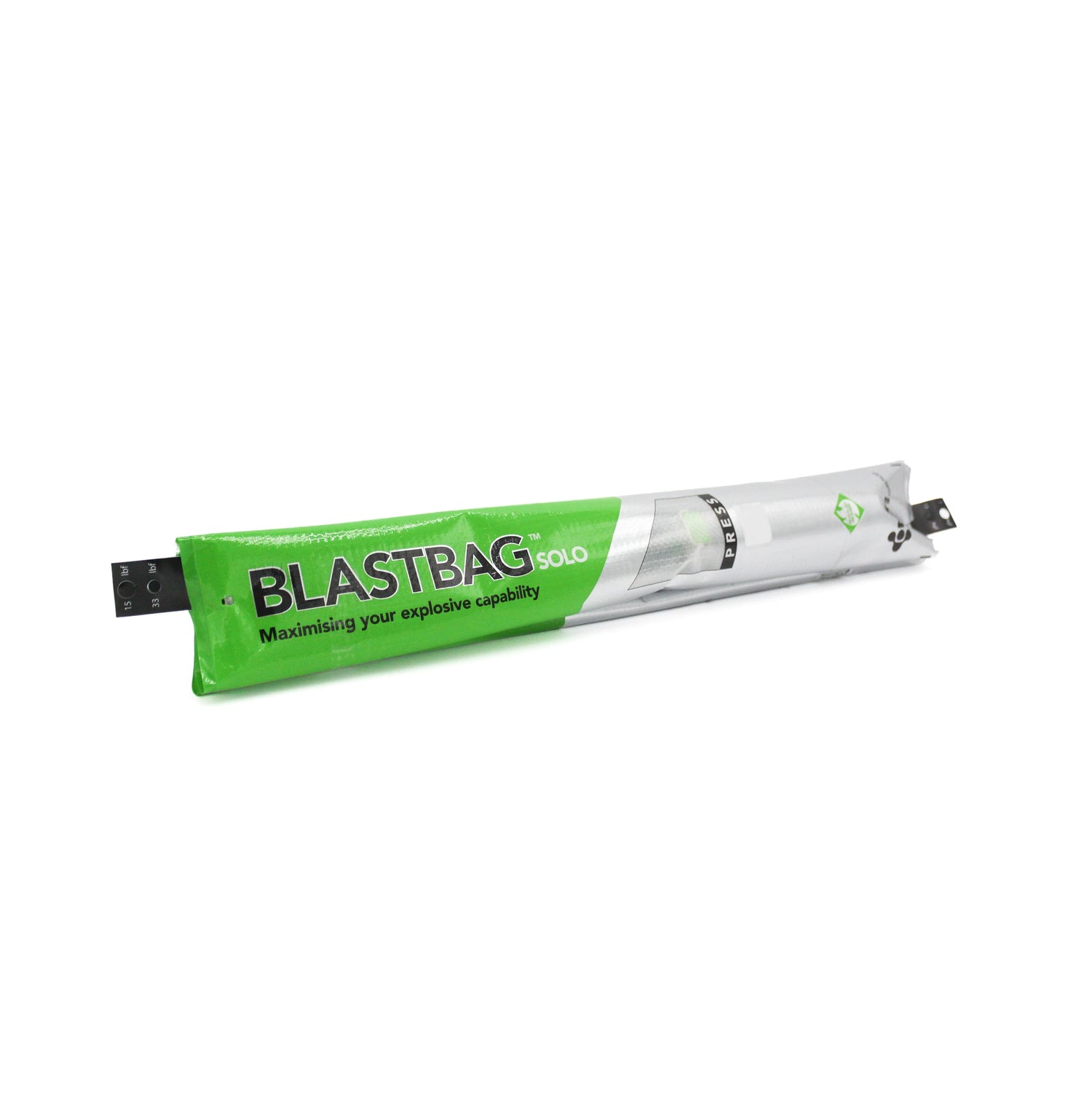
Reduce High Wall Damage Through Optimized Trim Blasting
Share
Damage to Final Pit Wall Improved Through Optimized Trim Blasting
THE CHALLENGE
The condition and stability of final pit walls in deep open pits are crucial for the safety of personnel and the overall economies of the mine's lifespan, particularly concerning the final waste to ore ratio. Instability or damage to these walls can lead to costly cutbacks or leaving ore unmined, and expose workers to dangers such as rockfall and slope failures on lower benches. In pursuit of continuous improvement, an open-cut gold mine aimed to minimize near-field damage when blasting against the final pit wall. After consulting with the explosives supplier and MTi Group, the mine site reevaluated its existing trim blasting techniques. Traditionally, the mine would use reduced charge weights in the trim row, which meant decreasing the explosives and increasing the stemming in rows next to the final pit wall. For a 9m hole, this confined charge design would consist of 1m of explosives (30kgs) and 8m of gravel stemming above it. Despite this common approach, damage to the pit walls, such as cracking, overhang, and loose rocks, was a regular sight, indicating unsafe conditions.
THE SOLUTION
To mitigate the damage caused by confined batter charges, air decks were introduced using self-inflating BLASTBAG™ gasbags, which were lowered into the borehole to create a gap between the explosive and stemming column. This technique allowed the explosive gases to expand within the hole, leading to a more even distribution of energy and reducing the force exerted on the rock mass's cracks.
SITE PROFILE
Location: Mexico
Trim hole diameter: 6 ¾"
Typical bench height: 9m
Explosives: 70/30 blend
Material: Gold ore deposits
Process: Heap leaching
REDUCING HIGH-WALL DAMAGE
Batter Row Confined Charge vs. Trial Blast (Airdecks)
- Stemming Height: 8m to 6m
- Explosive Height: 1m remains the same
- Airdeck Height: Introduced at 2m
A key advantage of using gasbags was gaining more control over the blast outcome. The improved distribution of explosive gas energy allowed the mine to lessen damage to the pit walls, thereby minimizing "damage to walls" as a factor in blast plan variations. This increased shot accuracy and reduced variable influence, enabling a level of control previously unattainable and optimizing blast plans for final bench and pit designs.
For the trial, the same charge weight of 30kgs/1m in the 9m blast hole was maintained, with a gasbag introduced at the 2m point, creating a 6m air gap from the top of the explosives. Gravel stemming was then placed on top of the gasbag in the upper 2m of the blast hole. The trial blast occurred on pit level C, directly below the control blast (pit level B).
THE RESULTS
Upon completion of the trial blasts, the mine site team observed no cracking beyond the batter row, attributing this success directly to the use of airdecks. This observation was further confirmed after excavation and cleaning, noting a much smoother appearance of the pit walls compared to results using conventional blast design. Comparing upper and lower benches highlighted the effects of existing damage, with wedge failures in upper benches (using the confined blast technique) not propagating to the lower bench (using air decking), suggesting that subsequent benches could maintain stability despite past practices.

